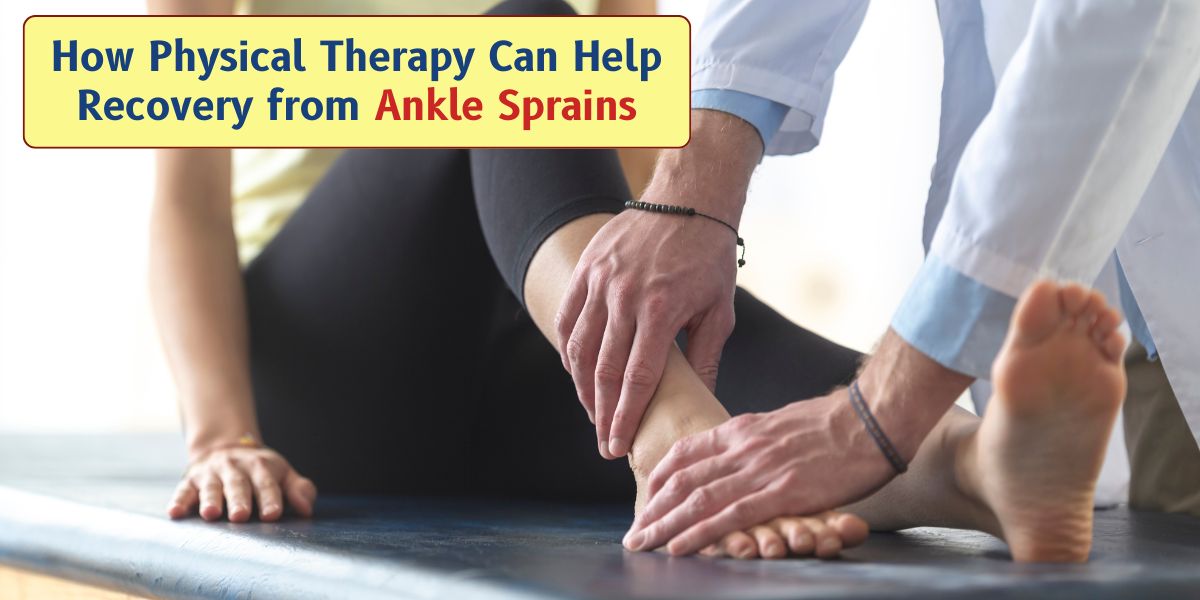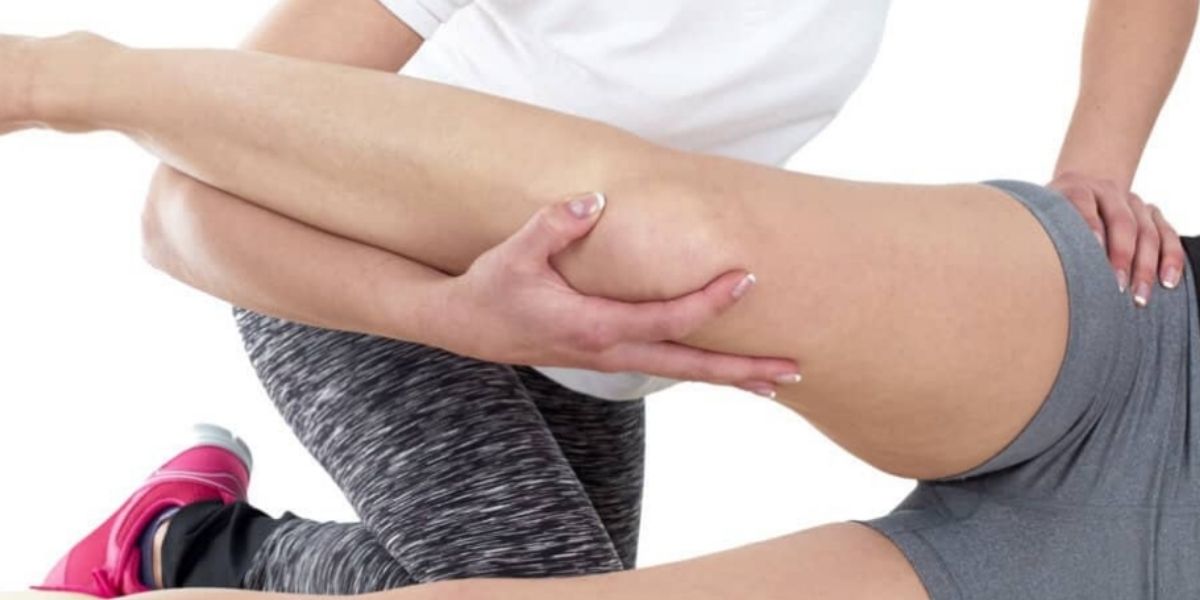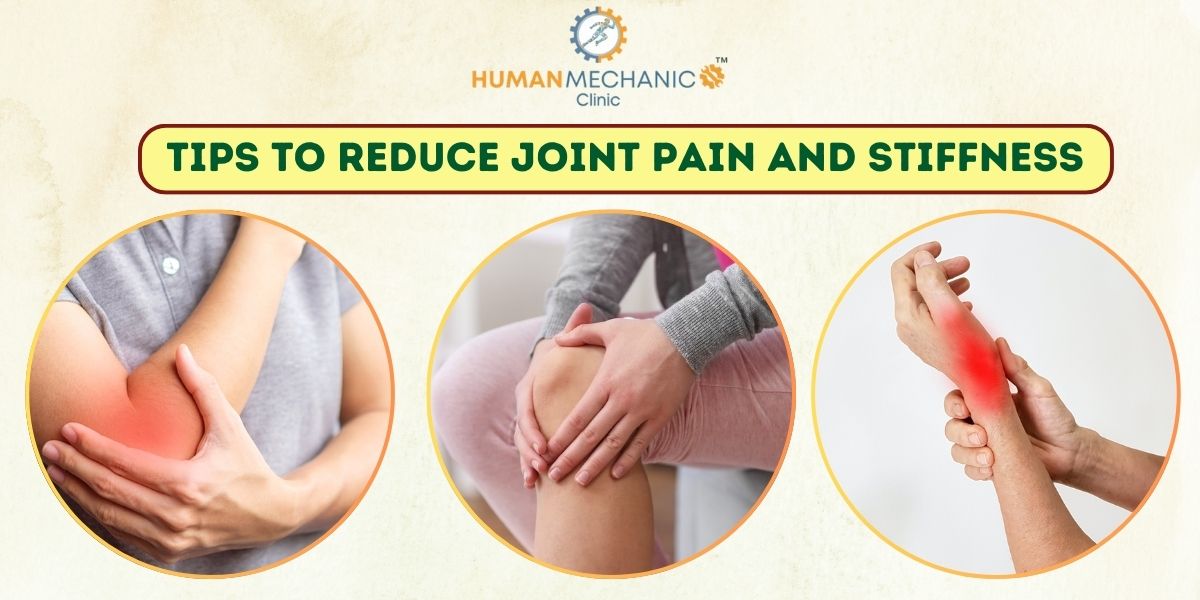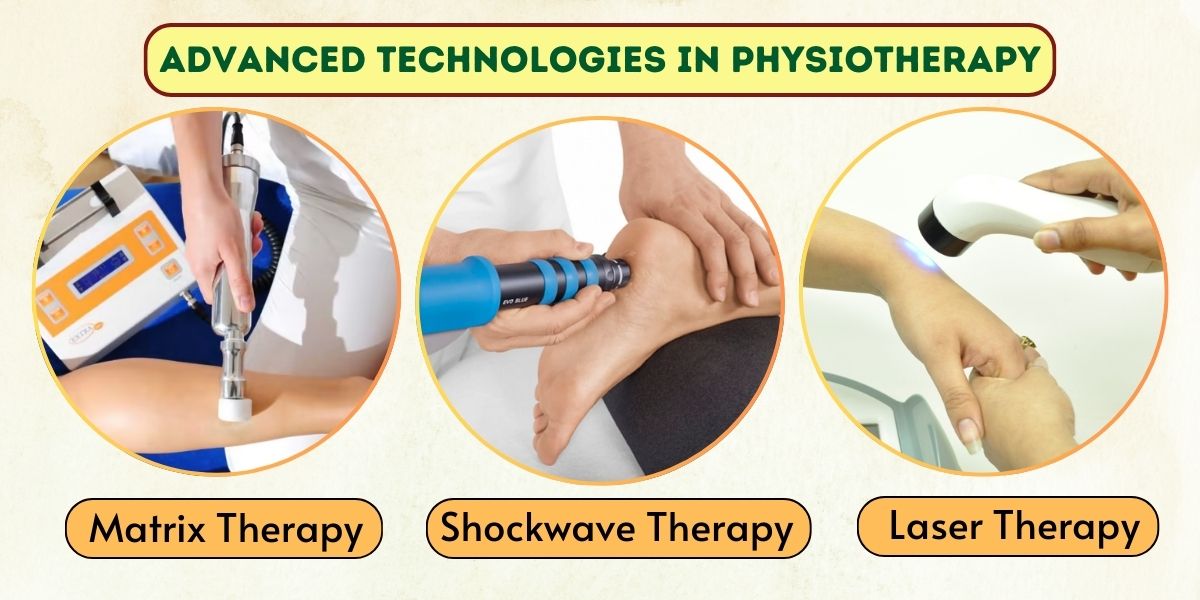How Physiotherapy Can Aid in Ankle Sprain Recovery
Ankle sprains are among the most common injuries, affecting people of all ages and activity levels. Whether it’s a minor twist or a more severe sprain, proper treatment and rehabilitation are essential for full recovery. While rest, ice, compression, and elevation (RICE) are initial steps, physiotherapy plays a crucial role in restoring strength, mobility, and […]




